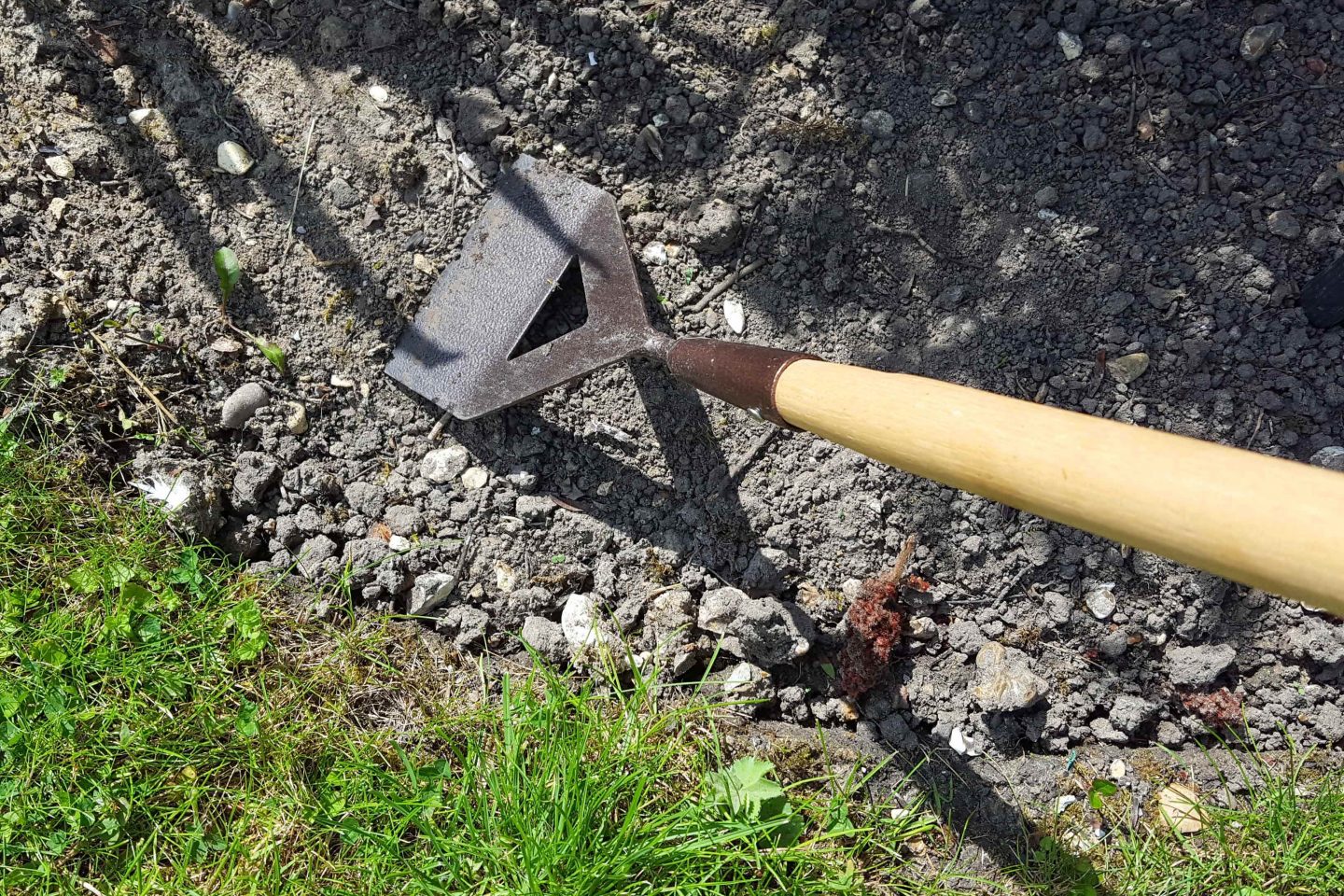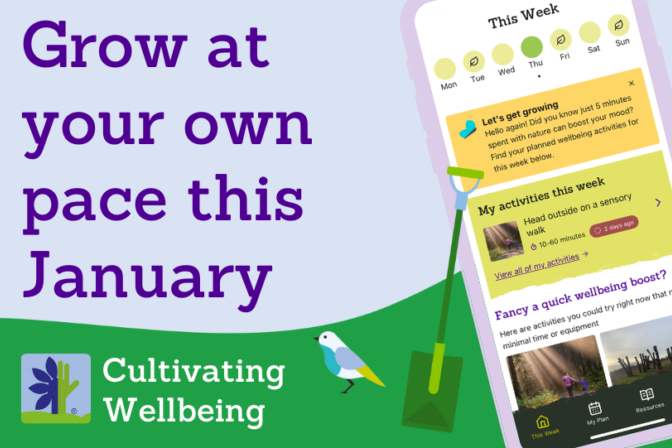3. Think about the material
Check the material the product is made of is right for the job. For example, stainless steel tools slide through soil more easily and are easy to clean. Traditional solid forged steel tools are the strongest, as well as being quite light and long lasting. Plastic, carbon fibre and aluminium tools are usually lightest.
4. Look for signs of quality
It can sometimes be hard to tell which is the highest quality product. Think about spare parts and servicing if needed, along with how long the manufacturer’s guarantee lasts.
5. Be cautious with power tools
Power tools are a good option for many jobs, including trimming hedges and cutting grass. Products can be battery or mains powered. Check you can cope with the weight. Always use a residual circuit breaker with mains powered products.
6. Consider interchangeable head tools
Tool ranges with interchangeable heads can be very useful. Choose a handle which is the right length for you and then buy whichever separate heads you need. This could include a rake, brush, trowel or fork. To use, you simply click the handle and relevant tool head together.
These are more expensive to buy than standard items but are usually good quality. If you have challenges with dexterity, you may find changing heads a bit tricky.
7. Look at handle length vs posture
When choosing tools with long handles, check you can use it without bending too much and that you can keep your back straight. Good posture when gardening will help prevent stresses and strains.
8. Think about extra support
You can find extra supports to make tools more comfortable to use. These include:
- Add-on handles for a more comfortable arm position
- Arm support cuff to help with arm strength
- Back saving tool grips to reduce bending







